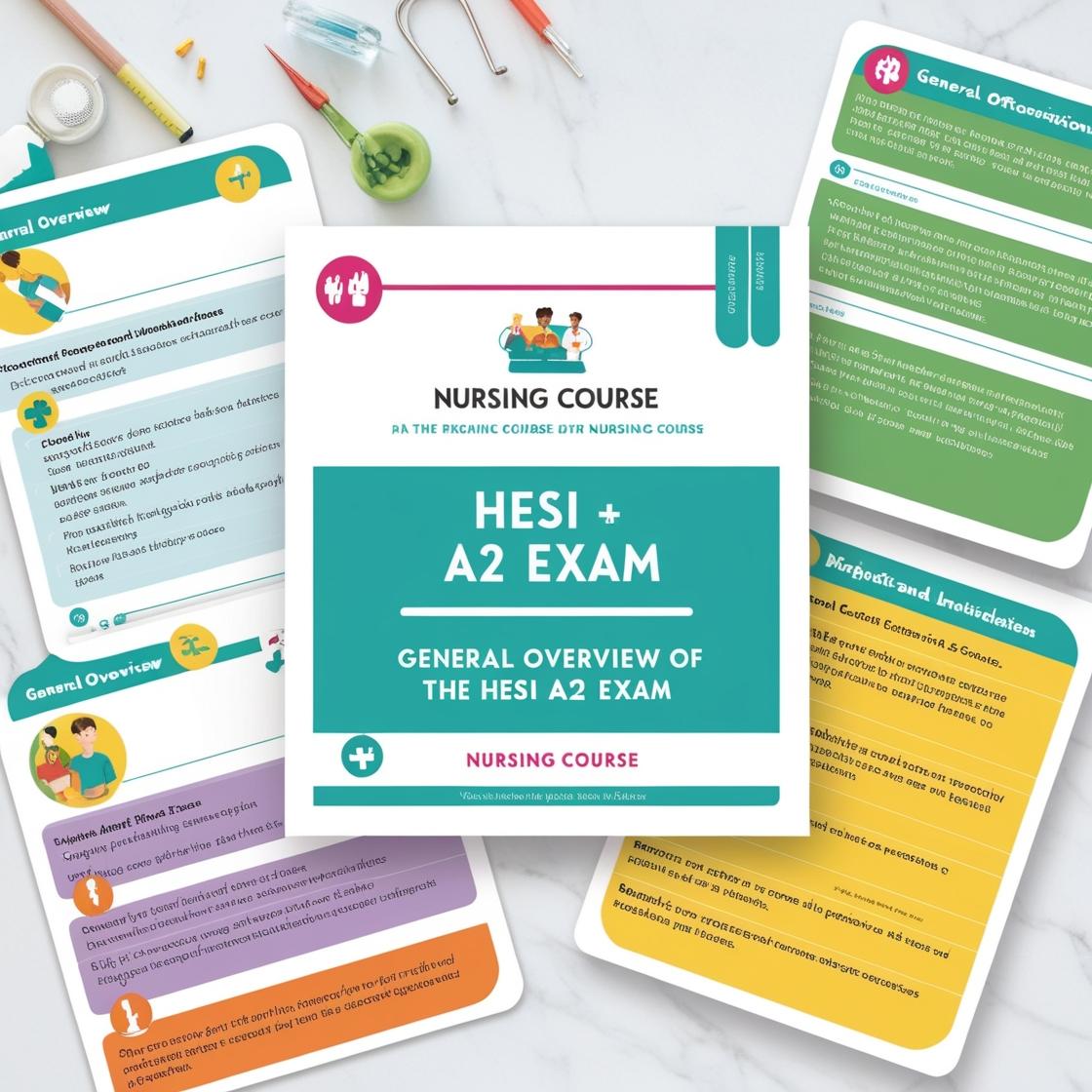HESI A2
HESI A2 Anatomy and Physiology Practice Test 2023
1. What is the primary function of white blood cells?
- A. To carry oxygen
- B. To fight infections
- C. To transport nutrients
- D. To clot blood
Correct answer: B
Rationale: White blood cells, also known as leukocytes, play a crucial role in the immune system by primarily fighting off infections caused by pathogens like bacteria, viruses, and other invaders. They help the body recognize and destroy these harmful agents, contributing to the body's defense mechanisms against diseases. Choice A is incorrect because the primary function of red blood cells, not white blood cells, is to carry oxygen. Choice C is incorrect as the transportation of nutrients is mainly carried out by the bloodstream as a whole, not specifically by white blood cells. Choice D is incorrect as the process of blood clotting is primarily managed by platelets in the blood, not white blood cells.
2. Which hormone is involved in the regulation of water balance in the body?
- A. ADH
- B. Insulin
- C. Cortisol
- D. Thyroxine
Correct answer: A
Rationale: The correct answer is ADH (antidiuretic hormone), also known as vasopressin. ADH helps regulate water balance in the body by controlling the amount of water reabsorbed by the kidneys. When there is a need to conserve water, ADH levels increase, leading to more water reabsorption and concentration of urine. Insulin is involved in regulating blood sugar levels, not water balance. Cortisol is a stress hormone that helps regulate metabolism and immune response, not water balance. Thyroxine is a thyroid hormone that regulates metabolism, growth, and development, not water balance.
3. What is the primary function of the heart?
- A. To filter blood
- B. To transport oxygen and nutrients
- C. To remove waste
- D. To regulate temperature
Correct answer: B
Rationale: The primary function of the heart is to pump oxygenated blood and nutrients throughout the body, supplying cells with vital substances. Choice A is incorrect as the kidneys are responsible for filtering blood. Choice C is incorrect as waste removal is primarily handled by organs like the kidneys and liver. Choice D is incorrect as regulating body temperature is mainly controlled by mechanisms such as sweating and shivering, not the heart.
4. What is the main function of the lymphatic system?
- A. To transport oxygen
- B. To produce hormones
- C. To fight infections
- D. To transport nutrients
Correct answer: C
Rationale: The main function of the lymphatic system is to fight infections. It achieves this by filtering lymph, returning excess tissue fluid to the bloodstream, and aiding in the body's immune response. The lymphatic system is crucial in protecting the body against pathogens and maintaining overall health. Choices A, B, and D are incorrect because transporting oxygen, producing hormones, and transporting nutrients are functions performed by other systems in the body, like the respiratory, endocrine, and circulatory systems, respectively.
5. Which muscle is responsible for the extension of the elbow?
- A. Biceps brachii
- B. Triceps brachii
- C. Deltoid
- D. Pectoralis major
Correct answer: B
Rationale: The correct answer is B: Triceps brachii. The triceps brachii muscle is responsible for extending the elbow joint. It is located on the back of the upper arm and acts in opposition to the biceps brachii, which is responsible for elbow flexion. The deltoid muscle is primarily responsible for shoulder abduction, not elbow extension. The pectoralis major muscle is involved in movements of the shoulder joint, not the elbow.
Similar Questions

Access More Features
HESI A2 Basic
$99/ 30 days
- 3,000 Questions with answers
- 30 days access @ $99
HESI A2 Premium
$149.99/ 90 days
- Actual HESI A 2 Questions
- 3,000 questions with answers
- 90 days access @ $149.99
